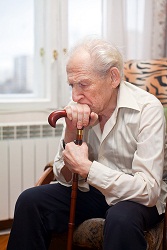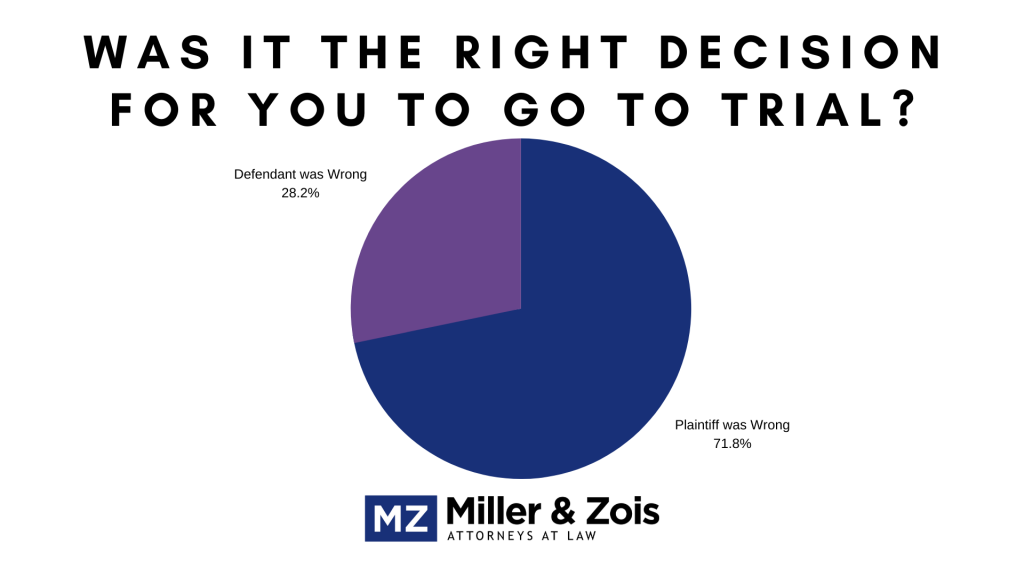They wrote an opinion of interest to attorneys who receive referrals from other Maryland lawyers in malpractice cases.
This case involves a Maryland lawyer who referred a cancer misdiagnosis case involving an allegedly misread mammogram to a lawyer that handles medical malpractice cases, agreeing to a fee split. Before referring the case out, the original lawyer filed the malpractice lawsuit.
The Defendant sought summary judgment, claiming the statute of limitations had tolled because the alleged failure to diagnose cancer occurred over three years after limitations had passed. Plaintiff prevailed on summary judgment. The opinion does not say, but I assume it was a discovery rule issue—the patient did not know of the malpractice until after it had occurred.
Then things got interesting. The malpractice case settled the claim for $225,000, far less than the referring lawyer had hoped. Allegedly, the medical malpractice lawyer sold the clients on the settlement by “deliberately misle[ading] the [Plaintiffs] into settling by telling them limitations remained a ‘serious concern’”; “telling them that they had been victims of malpractice by [the referring lawyer]”; and “suggesting to them that they sue [the referring lawyer] for malpractice.” Continue reading
 Maryland Injury Law Center
Maryland Injury Law Center




